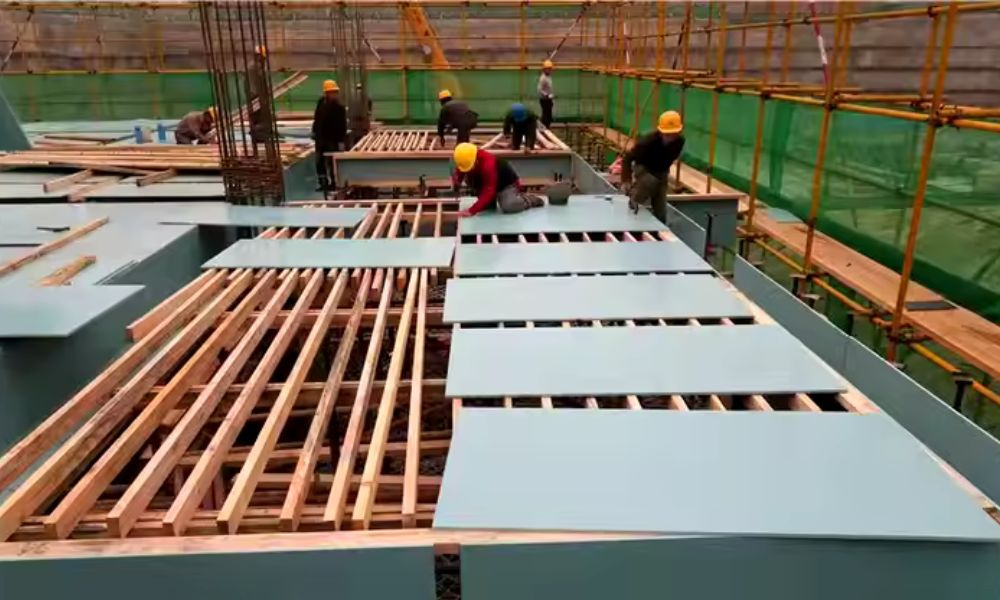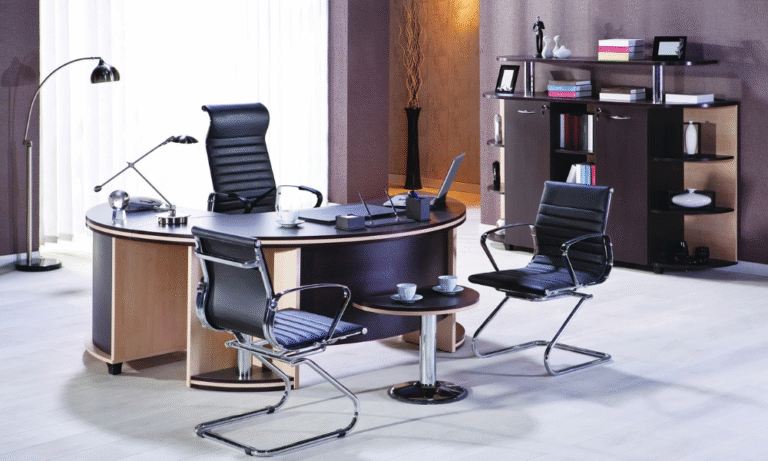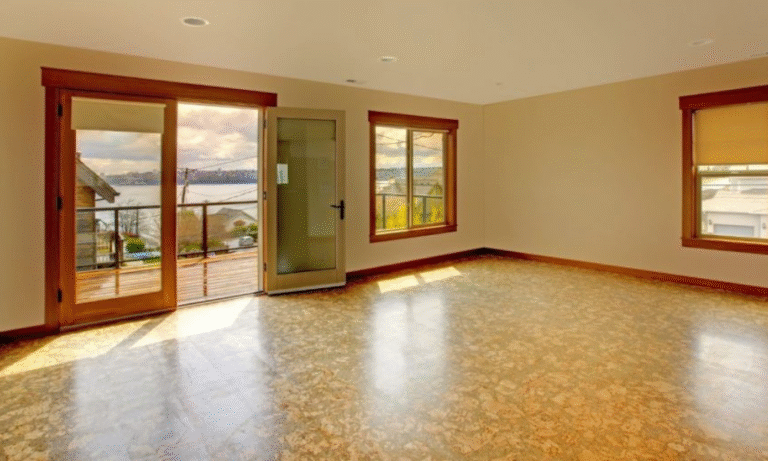Estimated reading time: 5 minutes
Last updated on August 16th, 2025 at 05:17 am
The cost of construction is always a major consideration when planning and building. Using plastic formwork can be an effective way to reduce costs while achieving the desired results. It is a versatile, durable alternative to traditional timber formwork, providing a range of benefits for construction projects. This blog post will explore the advantages and tricks for reducing construction costs with it.
What is Plastic Formwork
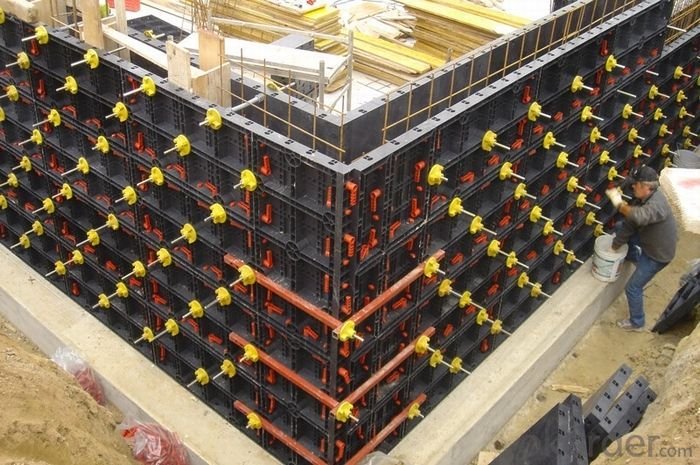
Plastic Formwork is quickly becoming an essential tool for concrete work in the construction industry. This versatile and cost-efficient material provides a lightweight alternative to traditional formwork materials and offers a host of benefits over its predecessors. From faster installation times to increased safety, plastic formwork is transforming the way we build.
It helps reduce labor costs through faster installation times, as well as reduced material costs due to its lightweight and reusability. The hollow core design of these panels also allows for easy placement of reinforcements during the casting process, resulting in minimal on-site wastage. In addition, it can be easily removed after curing without requiring any additional treatment or coating – saving time and money when compared with other materials such as timber or steel.
History of Plastic Formwork
These formworks, also called plastic concrete formwork or plastic shuttering, is a relatively new technology in the construction industry. It is a material used to create the mold for poured concrete walls and slabs that replaces the more traditional wooden forms. The history of plastic formwork dates back to the 1970s when studies began to investigate its potential use as an alternative formwork system.
Since then, advancements in technology have led to a surge in the popularity of this type of product because it offers many advantages over traditional timber formwork systems. They are lightweight and easy to transport, require less labor than timber forms, and can be reused multiple times with minimal maintenance required between uses. These advantages make it an attractive solution for many large-scale construction projects that need efficient and cost-effective solutions.
Tricks for Reducing Construction Costs with Plastic Formwork
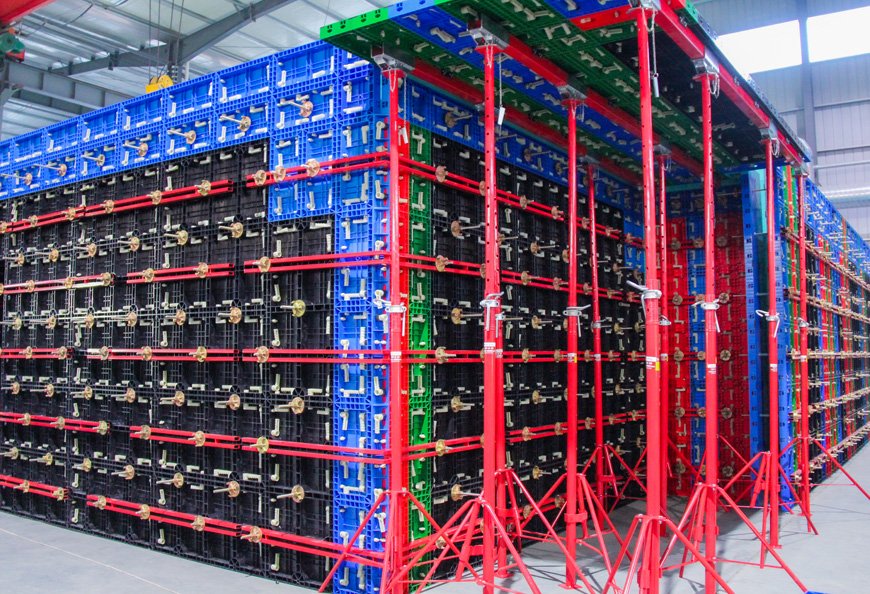
This formwork is becoming increasingly popular among construction professionals. This innovative approach to concrete forming reduces costs while offering a range of other benefits. Here are some tricks for reducing construction costs with it:
The reusable nature of plastic formwork eliminates the cost and labor associated with traditional timber and steel frame systems, which require frequent replacement due to wear and tear. Additionally, since it is lightweight and easy to assemble, the overall time needed for installation is reduced, resulting in further cost savings. Furthermore, it can be custom-made for any given project; this allows contractors to maximize the material’s potential by creating forms that suit the job at hand perfectly.
Finally, it also boosts safety levels on worksites as workers don’t need to carry heavy materials or use dangerous power tools when assembling them.
Safety & Durability of Plastic Formwork
Plastic formwork is a lightweight alternative to traditional concrete formwork that offers a variety of benefits. It’s an increasingly popular choice within the construction industry, due to its affordability, ease of use, and sustainability credentials. But how safe and durable is it?
The safety of this formwork relies on proper installation and usage. The lightweight material makes it easier to handle than other materials but can also render it more susceptible to vibration during concreting operations. Comprehensive instructions for installation should be followed carefully, including guidance on the maximum loads the material can withstand safely. Once this has been achieved, it provides an adequate barrier between workers and wet concrete in most cases.
Durability wise, it is designed for multiple uses so it can be reused for several projects or even years depending on maintenance and care given by users.
Benefits of Plastic Formwork
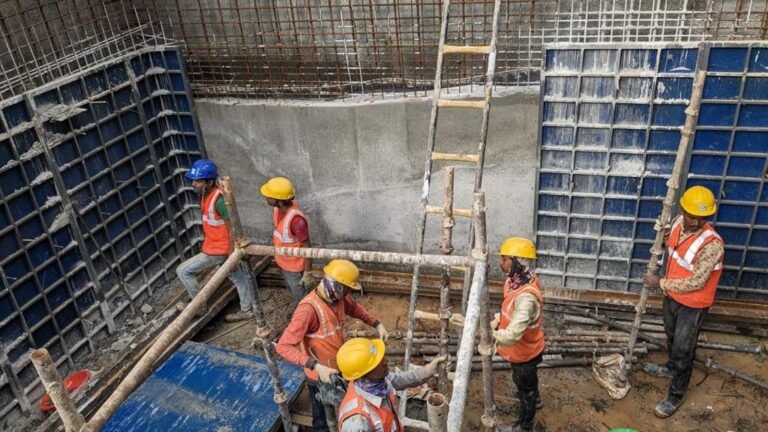
Plastic Formwork is an innovative form of construction material that is revolutionizing the way builders create structures. This type of formwork provides many advantages over traditional materials, such as wood and metal, including cost savings, easier installation, and sustainability.
It allows for faster building times without sacrificing quality and safety. Its light weight makes it easy to transport and assemble in difficult-to-reach areas. In addition, it does not absorb moisture like wood or rust like metal which can cause deterioration over time. It also enables higher precision when constructing concrete walls because of its tighter tolerances than other traditional materials.
Finally, one of the biggest benefits of using plastic formwork is its ability to be reused multiple times because it remains intact after being stripped from a concrete structure.
Disadvantages of Plastic Formwork
Plastic formwork is a system of patterns used to shape and guide the building process in construction. It has some advantages, but it also has some drawbacks that must be taken into consideration before deciding if it is the best solution for your project.
One disadvantage of this formwork is its limited load-bearing capacity, as compared to other materials like timber or steel. This can limit the size of structures that can be built using it, as larger loads may exceed this capacity. Additionally, it cannot be reused in projects with different dimensions or shapes as easily as timber or steel forms could be. Furthermore, it generally requires additional time for preparation and installation than other materials such as steel or timber because of their lightweight nature and potential for movement during use.
Final Verdict
In conclusion, it is an excellent solution for reducing construction costs. It is flexible, easy to assemble, and cost-effective compared to other alternatives. Moreover, it has a long lifespan and can be used to construct complex designs that are both aesthetically pleasing and tailored to a client’s needs. With the right planning and forethought, it can be a great choice for any construction project. The time and financial savings from using this method are well worth the investment.
